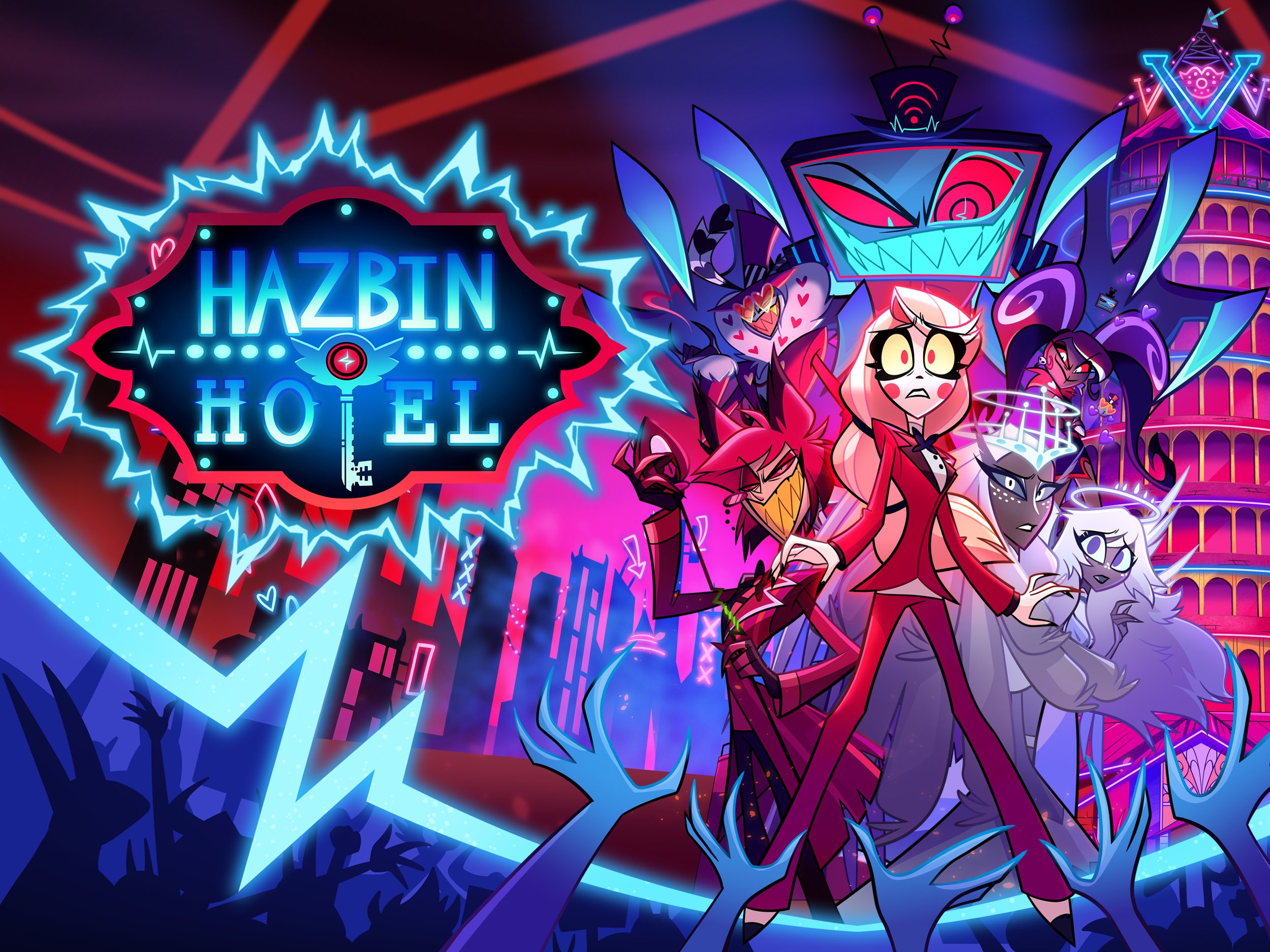Once Upon a Trauma: Unveiling the Dark Psychology of Original Fairy Tales
Fairy tales are deeply ingrained within cultural consciousness, shaping moral understandings, social expectations, and psychological frameworks from early childhood. The modern perception of fairy tales, largely informed by sanitized adaptations popularized by media conglomerates such as Disney, significantly contrasts with their original forms. These original narratives, rich with disturbing violence, moral ambiguity, and explicit sexual and psychological themes, provide insight into the complexities of human nature and psychological development. This essay explores how these darker aspects, frequently omitted in contemporary retellings, alter the psychological interpretations and depth of fairy tales.
Rapunzel: Letting Down More than Hair
In examining the original texts of prominent fairy tales, it becomes clear that their darker elements were intentionally crafted to address subconscious fears, desires, and cultural anxieties. Take, for example, the tale of "Rapunzel," popularized in a sanitized form by Disney. The Grimm Brothers' original story explicitly addresses sexual awakening and innocence lost, exemplified when Rapunzel naively questions the witch about her tightening clothes, indicating pregnancy from secret nocturnal encounters with a prince. This loss of innocence and subsequent harsh punishment (banishment and suffering) symbolically represents the societal fears surrounding female sexuality and autonomy. Psychologically, this original version engages directly with the Jungian shadow archetype, suggesting that the repression of sexuality and its consequences are a shadow side that must be acknowledged rather than suppressed.
Cinderella: Bloody Heels and Justice Served Cold
Similarly, the Brothers Grimm original of "Cinderella" explicitly presents self-mutilation and retributive justice, omitted entirely in sanitized versions. Cinderella's stepsisters mutilate their feet, cutting off heels and toes, desperately trying to fit into the glass slipper. Later, they are further punished by having their eyes pecked out by birds. This violent imagery profoundly represents the cost of envy, vanity, and social deceit, emphasizing that moral failings have real, often horrific, consequences. Freud’s psychoanalytic lens might interpret this mutilation as symbolic castration, reflecting the consequences of psychosexual anxieties rooted in envy and competition. Thus, by removing these elements, contemporary retellings significantly diminish the cautionary psychological depth these stories originally carried.
The Little Mermaid: Love Hurts, Literally
Hans Christian Andersen’s "The Little Mermaid" provides another profound example. Andersen’s original tale is rooted in pain, sacrifice, and existential suffering. Unlike Disney’s happily-ever-after version, Andersen’s mermaid endures physical agony with every step and ultimately sacrifices herself, dissolving into sea foam. Andersen’s story explicitly confronts existential despair and unrequited love, presenting themes of depression and self-sacrifice rarely addressed in children's narratives today. Psychologically, the original tale explores the depths of self-abandonment, existential crises, and personal identity loss that frequently accompany romantic obsession, themes deeply resonant within adult emotional and psychological landscapes.
Sleeping Beauty: Consent Optional?
Moreover, the tale of "Sleeping Beauty," traced back to Giambattista Basile's 17th-century narrative, explores even darker psychological terrain. In Basile’s version, the princess, unconscious and defenseless, is sexually assaulted by a passing king, subsequently becoming pregnant and giving birth while still asleep. This original narrative, uncomfortable and starkly disturbing to modern sensibilities, engages with deep psychological fears surrounding bodily autonomy, consent, and violation. Bettelheim’s psychoanalytic interpretations suggest such stories allowed for an exploration of extreme anxieties and taboos within a safe, metaphorical framework, thus enabling individuals, particularly women, to navigate societal oppression and personal violation symbolically.
Little Red Riding Hood: Grandma's Not Home, She's Dinner
The original "Little Red Riding Hood" also significantly diverges from contemporary portrayals. Early versions of the tale, such as Charles Perrault's, are not merely about stranger danger but explicitly address the violation and violence intrinsic in encounters with predatory forces, whether animal or human. In some versions, Red Riding Hood unwittingly participates in cannibalism, consuming her grandmother’s flesh provided by the wolf. This grotesque scenario delves deeply into psychological horror, representing symbolic fears of betrayal and violation by familiar figures. Jungian interpretations might see the wolf as a shadow archetype representing untamed, predatory instincts lurking beneath societal civility.
Rumpelstiltskin: Self-Destruction is Child's Play
The sanitization of fairy tales strips away their moral ambiguity, creating overly simplistic dichotomies of good versus evil. The character Rumpelstiltskin, originally depicted as an enigmatic figure whose demise comes by literally tearing himself in half when thwarted, embodies complex psychological themes of identity, rejection, and self-destruction. Removing such ambiguous elements dilutes the moral and psychological depth of the narratives, reducing their ability to meaningfully engage with real-world complexity and emotional nuance.
Sheltering Children, Stealing Resilience: From Cautionary Tales to Fragile Fantasies
The sanitization of fairy tales, largely emerging from 19th- and early 20th-century moralist reform, was rooted in the desire to shield children from the darker elements of existence; violence, sexuality, death, and moral complexity. Yet this well-intentioned impulse to protect has, paradoxically, stripped fairy tales of their psychological utility and cultural depth. Where once these stories served as cautionary fables, warning young listeners of real-world dangers and teaching emotional resilience through symbolic suffering, they have now largely been replaced by aspirational fantasies, promising that virtue and beauty will be rewarded with happiness, love, and safety.
Classic fairy tales were never meant to be soothing bedtime stories. Rather, they functioned as symbolic rehearsal spaces, narrative simulations that allowed children to confront fear, danger, loss, and injustice within the manageable confines of storytelling. Bruno Bettelheim, in The Uses of Enchantment, argues that the darker elements of fairy tales allow children to externalize their inner fears and process emotional turmoil in a metaphorical landscape. In doing so, they develop resilience, moral reasoning, and the capacity to endure uncertainty and adversity.
In contrast, modern adaptations tend to replace this fear-based learning with idealized, perfectionist narratives. Instead of cautioning children about the consequences of envy, betrayal, or naivety, they focus on wish fulfilment emphasizing romantic reward, physical beauty, and binary notions of good and evil. This shift from symbolic realism to sanitized fantasy creates a psychological disservice. Children are offered a view of the world where hardships are rare, villains are easily identified, and every story ends with moral clarity and emotional closure. While comforting in the short term, this model fails to equip young minds for the inevitable complexity and ambiguity of real life.
Furthermore, this flattening of narrative depth undermines the cultural significance of fairy tales as repositories of collective anxieties and social taboos. The original stories confronted themes such as death, sexual maturation, abuse, and power in metaphorical forms that invited discussion and reflection. By erasing these elements, we dilute the function of fairy tales as tools for intergenerational transmission of wisdom and emotional intelligence. We reduce stories from rich moral landscapes to formulaic entertainment, and in doing so, deprive children of the psychological scaffolding these tales once offered.
The consequences are not merely aesthetic. Fairy tales that once encouraged children to wrestle with difficult emotions now teach them to expect tidy resolutions and moral simplicity. In replacing moral ambiguity with rigid binaries, children lose the opportunity to grapple with the reality that people can be both kind and cruel, that justice is not always served, and that suffering does not always lead to reward. These are hard lessons, but they are human ones and fairy tales, in their original form, were among the first tools we had to teach them.
Simply Put
In conclusion, the dark elements present in original fairy tales are not merely gratuitous violence or crude sensationalism. Instead, these aspects serve significant psychological and cultural functions, enabling the exploration and negotiation of profound human fears, anxieties, desires, and taboos. The sanitization process, although arguably well-intentioned, ultimately diminishes the tales' psychological depth, depriving audiences of meaningful engagement with complex emotional realities. Revisiting these original narratives can thus restore their intended purpose as profound psychological and cultural tools, reaffirming their enduring value beyond mere entertainment.
References
Andersen, H. C. (1837). The Little Mermaid. Denmark.
Basile, G. (1634). The Pentamerone, or The Tale of Tales. Italy.
Freud, S. (1919). The Uncanny. Hogarth Press.
Grimm, J., & Grimm, W. (1812). Children’s and Household Tales. Germany.
Tatar, M. (2003). The Hard Facts of the Grimms' Fairy Tales (2nd ed.). Princeton University Press.








